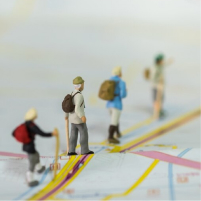Pathways to Success
Our Online Programs for Class 11th & 12th JEE Students
JEE Focused Programs – Engineered to Propel you into the Top IITs, NITs, IIITs, GFTIs, BITS &
others
These programs are expertly developed to help students excel in JEE & other Engineering exams,
Olympiads, and School / Board exams. Guided by VMC founders and core faculty, it provides a
comprehensive approach to ensure you are competitively prepared.
Formulated to enhance IQ, strengthen your conceptual knowledge of Physics, Chemistry & Maths
(PCM) and cultivate advanced analytical skills. With numerous mock tests and targeted
strategies, they help eliminate shortcomings and
strengthen your preparation—your perfect pathway to achieve outstanding results.










 PCM
PCM


